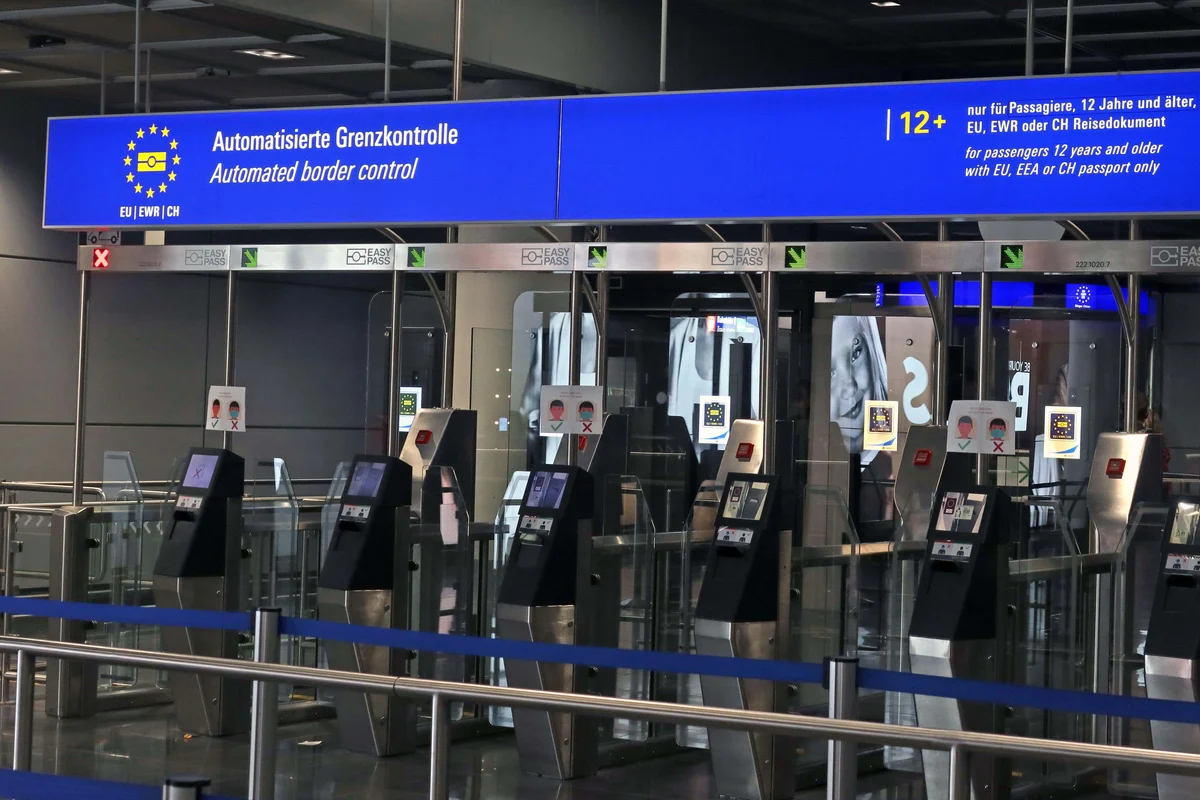What are the new rules for European travel? Changes explained as EES comes into force this weekend
By Sian Baldwin
Copyright standard

New rules coming into force this weekend will change the way UK passport holders travel to almost 30 european countries, including popular holiday destinations like Spain, Portugal, Italy, France and Croatia.
They are part of the European Union’s new border security plan, the entry and exit system (EES), which has been in planning since before Brexit. The rules apply to all non-EU nationals travelling for a short stay in Schengen Area countries
However, they do not apply to holders of residence permits and long-stay visas, those exempt from border checks (i.e heads of state, cross-border workers), some training/research/study travels and non-EU nationals with residence cards and immediate relations to EU nationals. The full list of exemptions can be found on the EU website.
But for those that will be effected, here’s everything we know.
From Sunday, October 12, UK citizens will have to provide fingerprints and have a photo taken on their first visit to the Schengen Area at the port or airport on arrival.
If you are flying, the checks will take place on arrival to the country. However, if you are entering from the Port of Dover, Eurotunnel at Folkestone or St Pancras International, EES checks will be completed at the border, before you leave the UK. You may also need to provide either your fingerprint or photo when you leave the Schengen Area.
This digital record is then valid for three years. If you enter the Schengen Area again during this period, you will only need to provide a fingerprint or phot at the border, when entering and exiting. Children under the age of 12 will not have to give fingerprints.
The digital border scheme is expected be rolled out over the space of 180 days – from the end of this week to April 9 2026.
The EES is an automated IT system which has been brought into place in order to make it easier to register non-EU nationals who are travelling to the EU for a short stay. A short stay is considered to be any time running up to 90 days within any 180-day period.
The system will note the passenger’s name, the type of travel document they are using, biometric data including fingerprints and captured facial images and the date of place of entry and exit.
It will replace the current system of manually stamping passports, as your file will now be stored digitally in the EU system – so scanning the passport will suffice.
The EU has said the new system will eventually modernise the management of its borders and lead to an improved, easier, and quicker experience for travellers.
It is designed to combat identity fraud and spot overstayers to the EU, as well as strengthen security within the bloc.
The system will be used by the 29 countries in the Schengen Area, which guarantees free movement to its 450 million EU citizens.
The EES will operate at train and ferry ports too. The system will be put in place at the Port of Dover and Eurostar as well as the Eurotunnel terminals in the UK.
There will be self-service kiosks in St Pancras station for Eurostar passengers, but passengers will have to get out of their cars to register at the Eurotunnel terminal in Folkestone, Kent.
In Dover, car passengers will be provided tablet computers to register and can remain in their vehicles, but coach passengers will have to disembark and use kiosks.
There have been warnings that the introduction could mean delays, while it is initially rolled out.
“EES may take each passenger a few extra minutes to complete so be prepared to wait longer than usual at the border once the system starts,” The Foreign Office said.
They have added that the data of those travelling will normally be erased from the system three years after their last trip to an EU country using the EES.
Eurostar meanwhile, has said passengers will face no “no queues” from the introduction of the checks.